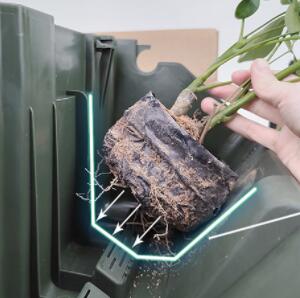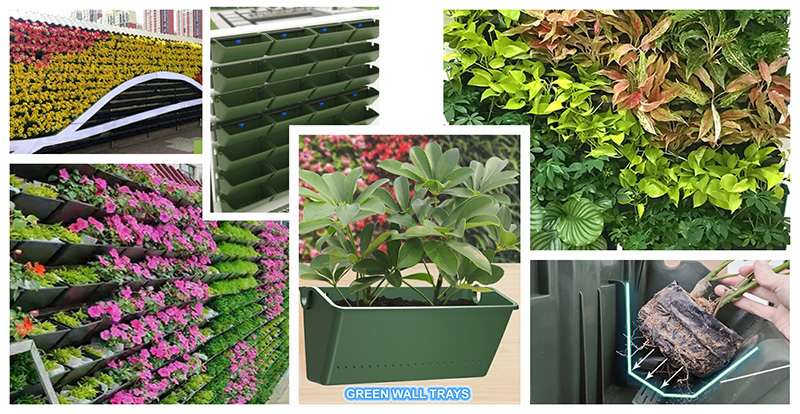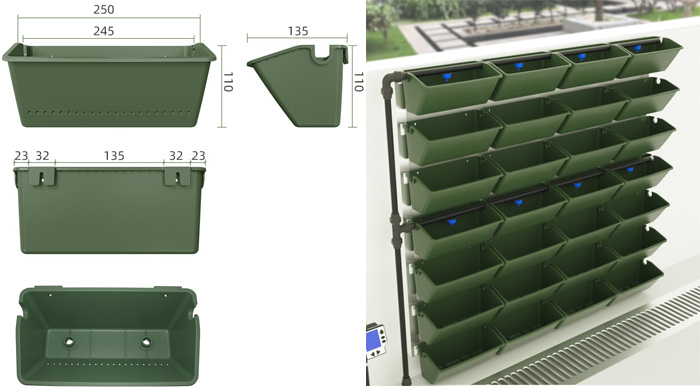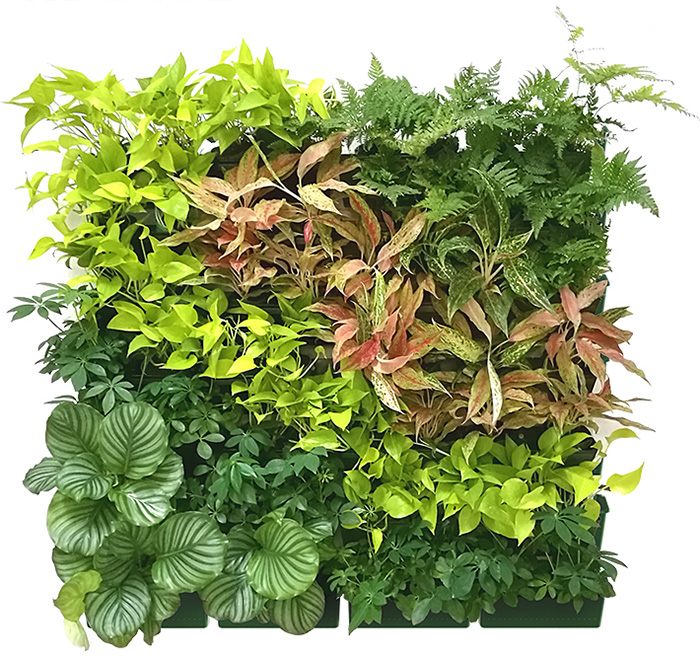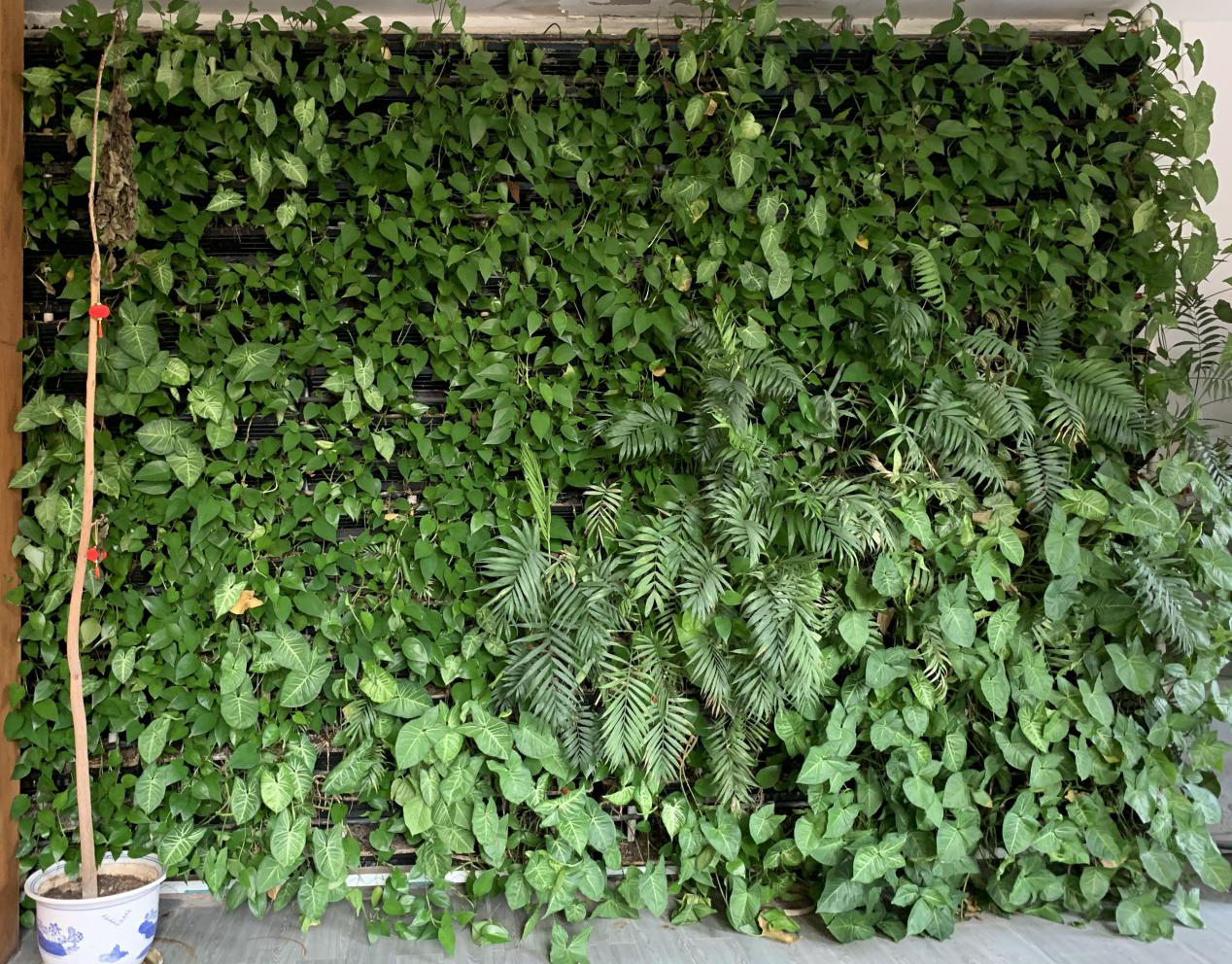Greening Urban Landscapes: The Role of 3318 Series Trays in Eco-Friendly City Planning
As an urban planner focusing on sustainable development, I’ve seen the transformative impact that integrating green infrastructure can have in our cities. The 3318 Series Green Wall Trays stand out as a particularly innovative approach, offering a practical solution to incorporate green spaces into densely built urban areas.
The Imperative for Green Infrastructure in City Planning
The increase in urban density presents a multitude of environmental and social challenges. Integrating green infrastructure, such as Vertical Green Walls, is crucial in addressing these. These living walls not only beautify cityscapes but also provide essential services like air purification, temperature regulation, and creating habitats for urban wildlife, thus contributing significantly to urban biodiversity and ecological balance.
The 3318 Series: A Game-Changer in Urban Greening
Leiyuan Greening Solution Company‘s 3318 Series Green Wall Trays are redefining urban greening. These trays, available in two models – 3318 Military Green and 3318 Black – provide unmatched versatility and durability for diverse urban environments, from public parks to vertical gardens in commercial settings.
Advantages of Green Wall Trays in Urban Environments
The benefits of the 3318 Series in urban environments are manifold:
- Air Quality and Climate Control: These trays support a wide variety of plant life, contributing to air purification and helping to mitigate the urban heat island effect.
- Enhancing Urban Biodiversity: By creating vertical habitats, they contribute to the conservation of urban wildlife.
- Psychological and Community Benefits: Green spaces have been shown to improve mental health, foster community interaction, and enhance the overall quality of life.
- Expanding Urban Green Spaces
- In dense urban areas where ground space is limited, vertical gardens offer an innovative solution. The 3318 Series enables the transformation of blank walls into lush, living ecosystems, effectively increasing the green footprint of cities.
Case Studies of Impactful Implementations
Numerous cities have successfully incorporated the 3318 Series, demonstrating their adaptability and effectiveness. These case studies showcase the trays’ role in enhancing environmental sustainability, urban resilience, and community engagement.
Urban Planning Strategies for Green Wall Integration
Incorporating green walls into urban planning involves strategic considerations. This includes identifying suitable locations, ensuring structural support, and planning for long-term maintenance. The involvement of community members in the planning and upkeep of these green walls can also foster a sense of ownership and pride.
Challenges and Opportunities
While the integration of green walls poses challenges like initial costs and maintenance, the long-term benefits – environmental, social, and economic – are significant. These challenges are opportunities for innovative urban design and stakeholder collaboration, paving the way for more resilient and sustainable cities.
Conclusion
The 3318 Series Green Wall Trays offer more than an architectural enhancement; they are a critical tool for urban planners in the quest for sustainable city development. Their integration into urban landscapes presents a unique opportunity to build greener, more vibrant, and resilient urban communities. As we continue to evolve our urban spaces, these green wall systems stand out as a key element in shaping the future of sustainable urban living.


